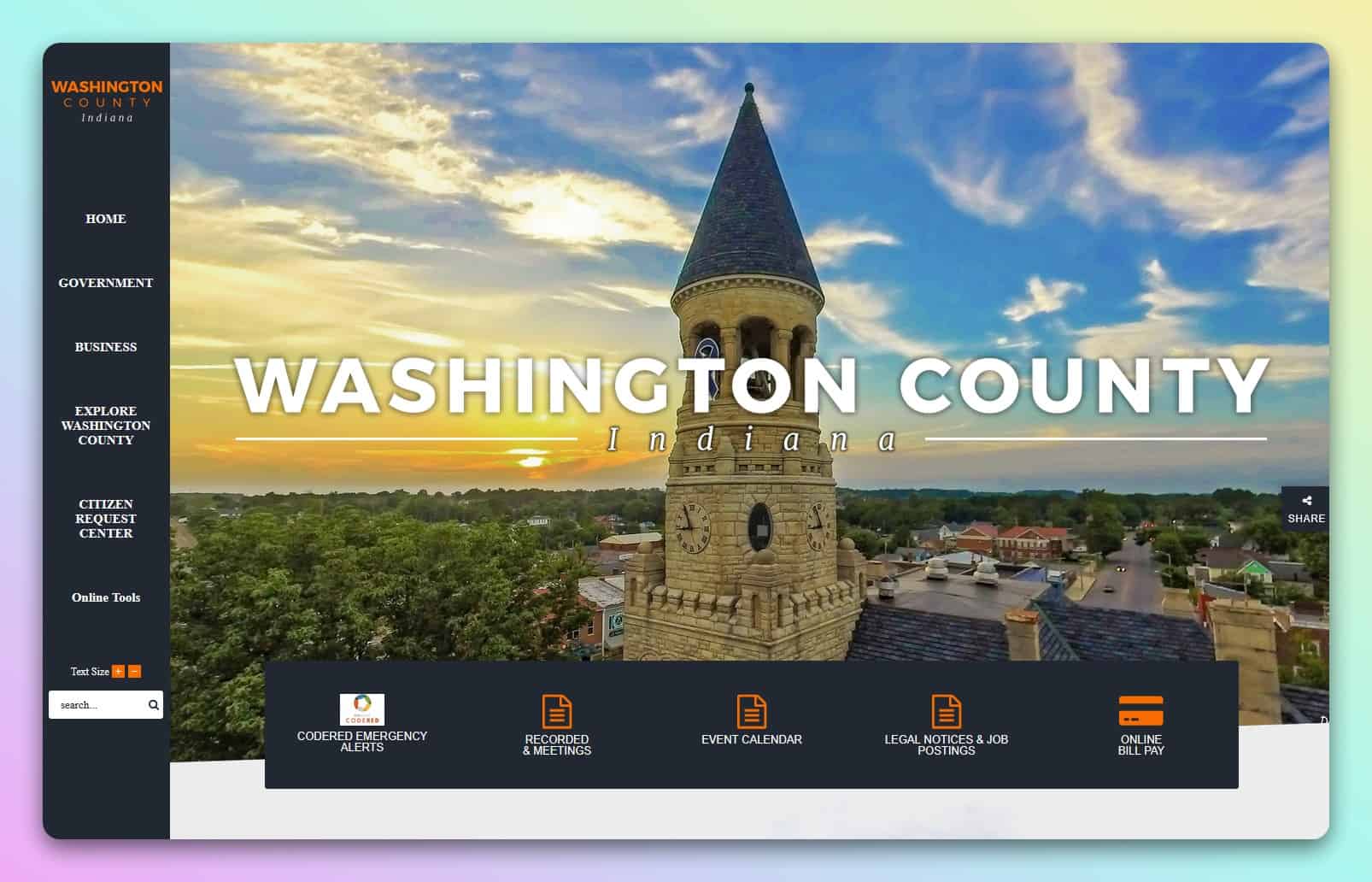We’ve meticulously tracked our time and compared it with budgets for years. I know precisely what causes projects to go off the rails and make even quick tasks turn into much longer ones. Likewise, we’ve learned what has the most ROI and what doesn’t.
1. Make your email requests clear.
If you’re not sure what you mean, then we probably won’t either. The emails that sit in my inbox longest are the ones that are unclear or are incredibly long.
Typical examples are messages that dump a “big think” task on us without much guidance. I’ve had cold emails from people that say, “Let’s do a big push in June!” And I know you know you have an idea what you want that to be, or look like, or say, but you didn’t say it.
Avoid newsletters and other routine on-time delivery. They just don’t have a lot of ROI, and most people really aren’t that excited about your newsletter. That’s not to say they’re always a bad idea. But they consume a lot of time to prepare, write, and assemble. Most newsletters we work on have half the click-through rates of “on-demand” material, like a new course being announced, a new product, a sale, etc. Say something when you have something to say, not just because it’s the first of the month.
2. Facebook consumes an outsized proportion of time and effort.
Appeasing Facebook can consume most of a day. The algorithm wants to see just the right kind of photo, the right amount of text, and the right tone. Nothing negative. Not text-heavy. Images need to be of people. Anything abstract, more than 20% text-to-image, negative or sour in tone, lacking an emoji, and linking to a competitor service (like YouTube) will be squashed. This means a simple blog post becomes a math test to get the image sourced just right, the right excerpt or tease, propose an improvement to your headline, propose a post, schedule it, etc.
The result for most people is they don’t go very far. The ratio we use for success is 25% click-to-follower ratio. Meaning a Facebook page with, say, 1,480 followers should have a little over 370 clicks on a story or post to be successful. Most get nowhere near that. And the success of that is then defined by whether it generates revenue or donations or not.
4. Getting more opinions just increases workload.
In the ’90s, web design was about whatever the designer wanted, which was to learn new stuff and play with HTML, flash, etc. In the early 2000s web design was about whatever the client wanted. By now we need to be making whatever the customer wants. This is hard for many site owners. Often because they have ideas that get sourced from a lot of places without a lot of ROI.
I’ve sat in meetings where people say, “Well, we should try different subject lines.” Or, “I spoke to this user experience designer and they said…”. These kinds of prods aren’t helpful and are insulting. If you don’t like the advice you’re getting from someone, then fire them and move on.
From the web professional’s perspective, these things are either already known or not feasible because of budget constraints. If you talk to some other professional, yes, they’re going to find things that are wrong or could be done differently. They will always find things. Are they worth doing is the question.
I’ve often told prospects, “I think your current site is fine. Put the money somewhere else.” This gets a lot of blank stares. If you already rank #1 in Google, you get a lot of new customers, and things are pretty good, changing the page title of your About page won’t change much. Eventually small businesses run into the ceiling caused by being a niche provider or the maximum a market supports. Redesigning your site isn’t likely to help much unless your current website is abysmal. Those kinds of changes work if you have a million visitors a month. Small businesses don’t, and the changes are just digital busywork.
5. Involve your creative team early
Design is how things work. Too many people chew on problems with small teams and then pass over tasks to the design team later. When we get involved with people’s problems by standing in the same office and listening to the same problems as everyone else, we get better results. This might take up more time up-front, but it means we gain understanding. We can say, “Actually, we could do something like this…” Or “There’s some good research around trying XYZ…”.
When we understand problems and businesses more deeply, we can answer more questions online, organize pages more effectively, and understand the target demographics. A lot of freelancers like to take tasks and spin them up as pretty things. I don’t like this feeling because it’s equating us to digital short-order cooks. Sometimes that’s needed, but the more significant work that moves businesses forward need deep integration. You’ll get more results and save more money.


I’ve seen requests that come in and after 20 emails exchanged, we have the final product. Sometimes a client will look at that and ask why it costs so much to do that little thing that probably took 30 minutes. Welp, please see 20 emails to get here.